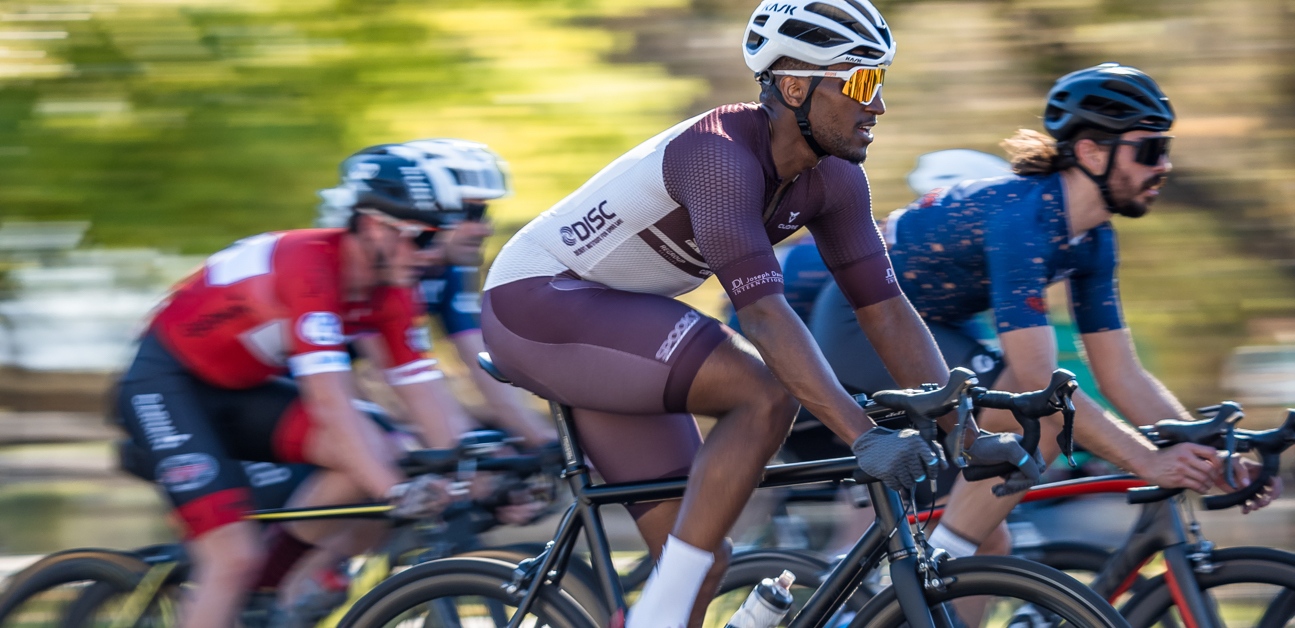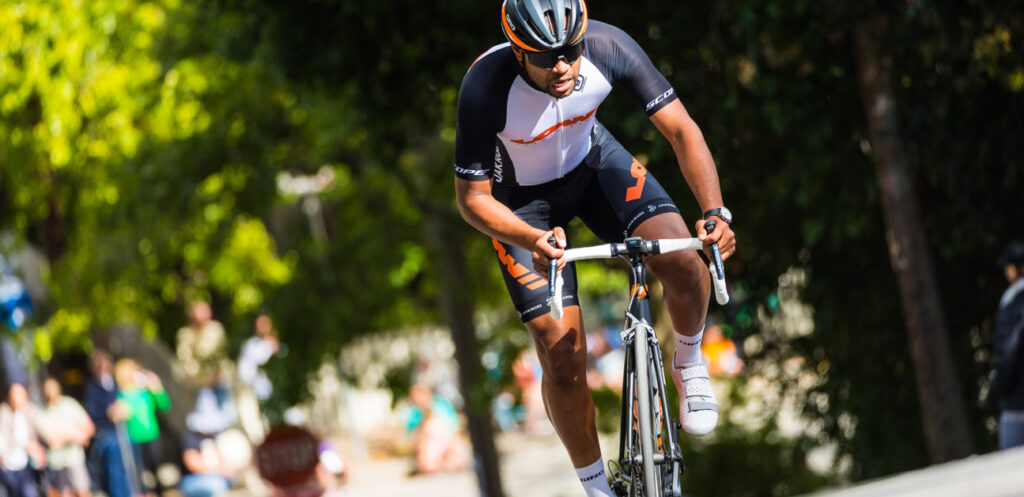Preparing For Big Events With Low Volume Training

Practice makes perfect, so your training should be specific to the particular challenges you’ll face on race day. But what if your target event will be longer and more grueling than you’re able to replicate? Do you need 7-hour rides to prepare for a 7 hour event? Luckily, the specifics of your training matter more than the duration.
For more information on training at low volume check out Ask a Cycling Coach Ep 264.
Real Life Limitations
Most of us are amateur athletes, with busy lives that restrict training time. On top of that, the same physical limitations that keep us from being professional cyclists also prevent us from training like pros. Even if we all had 20 hours a week to ride, there’s a good chance our bodies wouldn’t respond favorably to such high volume, and we’d quickly risk burnout.
Luckily, if we focus on energy systems instead of duration we can still achieve big results. Even pros with unlimited time to ride don’t mimic grand tours in training, and instead maximize efficiency in shorter sessions. By following a structured plan and using your time wisely, you actually can train like a pro.
Specificity Rules
We say it often here at TrainerRoad: specificity is the key to effective training. This might seem to imply that in preparation for very long events you need to do lots of very long training rides. However, an event’s length is not the defining feature of how your body responds to it and should not dictate your preparation. Instead, the most important deciding factor in how to train for an event is by the type of efforts you’ll be doing during it. This means with the right workouts you can specifically train for long events, without doing long rides.
The same holds true when viewing events and training by TSS. You don’t necessarily need high-TSS training to prepare for a high-TSS event, because not all TSS is created equal. Like duration, it’s more meaningful to train the specific efforts that will result in an event’s TSS than it is to just chase certain number.
Training Energy Systems
While duration or TSS might seem significant, the most important feature of a target event is its energy system demands. Energy systems refer to the specific ways the body powers exercise at different intensities. At one extreme, very easy endurance riding almost exclusively activates the aerobic system. At the other end of the spectrum, the most intense sprints are fueled through anaerobic metabolism. The spectrum of efforts between these two extremes is the reason why training is broken into intervals, with each interval designed to target a specific energy system and develop a capability to utilize that system.
Luckily, there is no unique energy system for long rides. A long event is likely to be highly aerobic, with shorter surges at VO2 and Threshold intensities. Training should acknowledge these demands, focusing first on building durable, versatile endurance. Sweet Spot training is highly efficient for this, and intervals of 10-20 minutes can develop the same energy systems required to ride for hours. Likewise, the shorter efforts you may encounter on climbs or in a surging pack can be addressed with VO2 max and Threshold intervals. As long as you stay amply fueled on race day, the results of your training will speak for themselves.
Adaptive Training
Get the right workout, every time with training that adapts to you.
Check Out TrainerRoadMore Training Isn’t Always Better
Even if you could replicate lots of 7-hour rides in preparation for an extended event, it might not be the best idea anyway. For training to work it requires supercompensation– workout stress causes the body to adapt during recovery, building new capabilities past where it started. When stress builds at a rate beyond which the body can recover from, an overall decline in ability occurs. This is called non-functional overreaching.
Long, hard rides burden the body with a significant amount of stress that can easily surpass your ability to recover. In addition, the cumulative training effect of multiple long rides is often less productive than a series of shorter, more specific, less-exhausting interval sessions. For many of us, low-volume training is optimal, leaving us fresher and more capable.
Stick To A Plan
Choose a training plan that most accurately reflects the demands of your event, as well as how you hope to ride it. For instance, the Gran Fondo Plan is ideal for long gravel events, but if you plan to ride more aggressively or competitively you might instead use Rolling Road Race plan. Train at the volume that will allow you to complete the plan without feeling burnt out, bogged down, or overwhelmed. Maintaining motivation is important and whatever volume you choose, rest assured you will be developing the energy systems you need.
If you have time, try a few longer rides in the run up to your event. Think of these less as physical training and more as a chance to get used to your position, fine-tune your nutrition strategies, and harden your mental toughness. 3 or 4 hours are usually perfect for these preparatory rides. Allow yourself ample time to recover afterwards so you can continue to complete your shorter workouts – these will stimulate the most productive adaptations.
In Conclusion
It’s not only possible but often preferable to train for long events with lower volume. If a low-volume plan keeps you healthy and motivated and works best with your lifestyle, it’s the best option for you. Energy systems mean more than event duration and TSS, and as long as you follow a plan appropriate to your event you’ll arrive fit, fresh, and ready to do your best.
For more cycling training knowledge, listen to Ask a Cycling Coach — the only podcast dedicated to making you a faster cyclist. New episodes are released weekly.
Photo Credit: Nick Wilson
Model Credit: Calvin Smith
